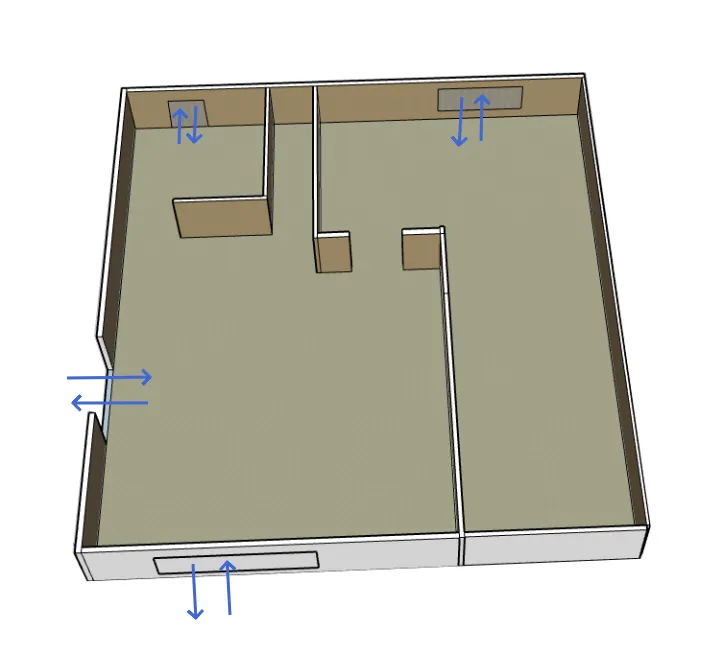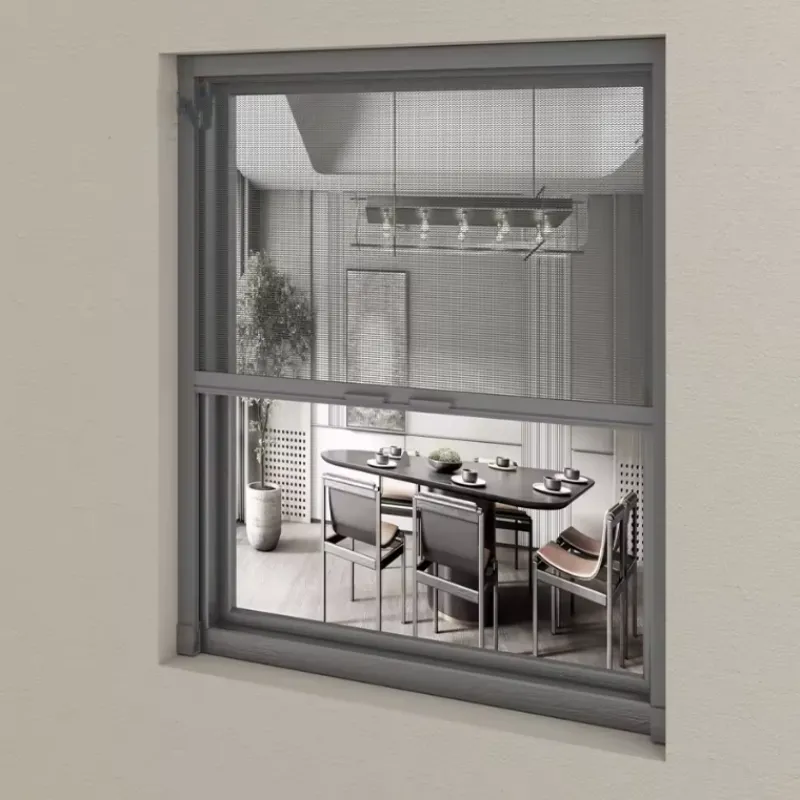Dec . 10, 2024 15:50 Back to list
Improving Indoor Air Quality: The Importance of Ventilation
In modern life, we spend most of our time indoors, whether working, studying or resting. Therefore, indoor air quality is directly related to our health and quality of life. An often overlooked but extremely important way to improve indoor air quality is ventilation.
Learn more at the U.S. Department of Energy

Why is ventilation so important?
-
1. Eliminate harmful substances
Indoor air pollution sources are diverse, including but not limited to cooking fumes, chemical gases emitted by cleaning supplies, volatile organic compounds (VOCs) such as formaldehyde emitted by furniture, and carbon dioxide exhaled by the human body. Good ventilation can effectively discharge these pollutants outside and keep the air fresh.
-
2. Reduce moisture and mold
Humid environments are ideal breeding grounds for mold growth, and mold not only affects the structure of the house, but also can cause or worsen respiratory diseases. Through proper ventilation, indoor humidity can be reduced to prevent mold growth and protect the health of occupants.
-
3. Increase oxygen levels
People use oxygen and release carbon dioxide when they move indoors. If the space is not breathable, it may lead to insufficient oxygen, making people feel tired and difficult to concentrate. The circulation of fresh air can ensure adequate oxygen supply, improve people's mental state and work efficiency.
-
4. Adjust temperature and comfort
Proper ventilation can also help regulate the indoor temperature, introducing cool fresh air in the hot summer months, and helping to expel excess heat in the cold winter months, thus improving the comfort of living.
How to achieve effective ventilation by using screen window ?

1. Natural ventilation
The use of Windows, balcony doors and other openings for natural ventilation is the simplest and most economical way. According to the weather conditions and wind direction, choose the right time to open the window for ventilation, such as morning or evening, to make full use of the natural air flow to update the indoor air.
2. Mechanical assisted ventilation
For some modern buildings with good tightness or places with poor natural ventilation conditions, mechanical equipment such as fans, exhaust fans and even central fresh air systems can be considered to enhance the ventilation effect.
This type of equipment can be set according to the need to run time and strength, ensuring good air quality all day long.
3. Air purifier
Although an air purifier cannot replace ventilation, it can help filter out some fine particles and other pollutants in certain situations (such as poor outdoor air quality) and be used as a complementary measure.
In short, ventilation is an indispensable part of improving indoor air quality. Allowing the room to "breathe" on a regular basis not only creates a healthier and more comfortable living environment, but also extends the life of the building and its internal facilities. Pay attention to the ventilation problem, start from every detail, add a peace of mind and vitality to your life.
Products
Latest news
-
Unveiling the Allure and Practicality of Classic Mosquito Nets
NewsJul.04,2025 -
Unraveling the World of Mosquito Nets: Varieties, Costs, and Production
NewsJul.04,2025 -
Redefining Protection and Style: The World of Mosquito Nets
NewsJul.04,2025 -
Enhancing Sleep and Style with Contemporary Mosquito Nets
NewsJul.04,2025 -
Diverse Solutions in Mosquito Netting: Sizes, Varieties, and Flexibility
NewsJul.04,2025 -
Deciphering Mosquito Nets: Significance, Varieties, and Applications
NewsJul.04,2025 -
Transforming Bedrooms into Mosquito - Free Havens
NewsJul.01,2025









